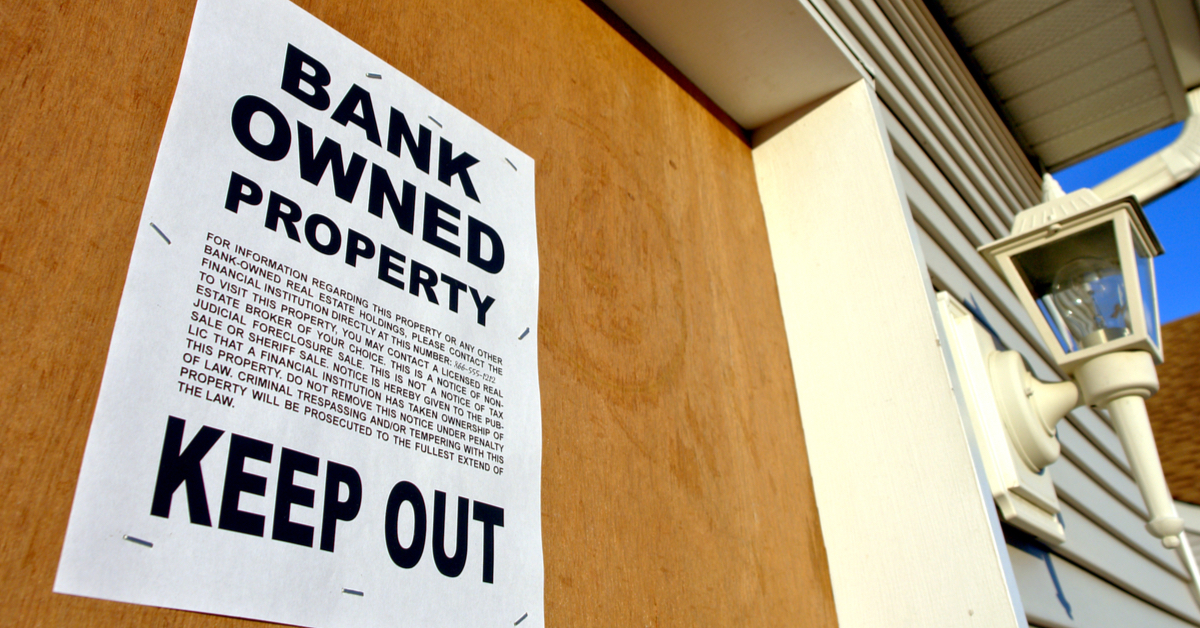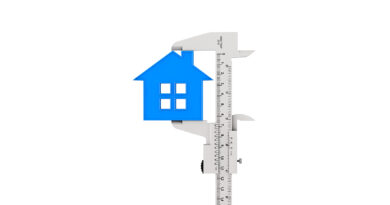Overall Number Of Vacant Properties In U.S. Down Slightly To 1.52 Million
ATTOM Data Solutions released its Q1 2020 Vacant Property and Zombie Foreclosure Report showing that over 1.52 million U.S. single-family homes and condos in the United States are vacant, representing 1.5 percent of all homes.
The report analyzes publicly recorded real estate data collected by ATTOM Data Solutions — including foreclosure status, equity, and owner-occupancy status — matched against monthly updated vacancy data.
According to the report, about 282,800 homes are in the process of foreclosure, with about 8,700, or 3.1 percent sitting empty as “zombie” foreclosures. The percentage is up from 3 percent in the fourth quarter of 2019, but still significantly less than 5.8 percent in the first quarter of 2014.
The total number of properties in the process of foreclosure in the first quarter of 2020 is down 1.9 percent from the fourth quarter of 2019, while the number vacant foreclosures is up 1.7 percent, meaning that the level of zombie properties rose while the count of foreclosures dipped. Since 2016, the number facing possible foreclosure is down 27 percent, while the tally of unoccupied properties in the foreclosure pipeline has declined 53 percent.
“Homes abandoned by owners facing a possible foreclosure remain little more than a blip on the radar across the country, as one of the main scourges of the Great Recession continues to show little or no signs of re-emerging,” said Todd Teta, chief product officer with ATTOM Data Solutions. “Even with the slight increase in these so-called ‘zombie foreclosures,’ so far this year, there are still pockets of distress with elevated numbers of abandoned homes. But in yet another reflection of how the national housing market is still booming, you can drive through many towns and not pass a single such property.”
High-level findings from the report:
· A total of 8,678 homes nationwide are sitting empty as zombie foreclosures in the first quarter of 2020. States that had the greatest zombie foreclosure rate with 500 or more properties in the foreclosure process and 100 or more zombie foreclosures included Ohio (6.8 percent), Indiana (5.1 percent), Illinois (4.7 percent), Oklahoma (4.5 percent) and Maryland (4.3 percent).
· New York continues to have the highest actual number of zombie properties (2,206), followed by Florida (1,390), Ohio (977), Illinois (943), Ohio (823) and Pennsylvania (317).
· Among metropolitan areas with at least 100,000 residential properties, Peoria, IL, continues in the first quarter of 2020 to have the highest percent of zombie foreclosures at 12.7 percent, followed by Cleveland, OH (10.5 percent); Youngstown, OH (9.1 percent); Syracuse, NY (8.8 percent) and Knoxville, TN (8.8 percent).
· Among major metro areas with at least 500,000 residential properties, the lowest zombie foreclosure rates are in San Francisco, CA (0.5 percent); Austin, TX (0.8 percent); Los Angeles, CA (1.1 percent); Boston, MA (1.3 percent) and Philadelphia, PA (1.4 percent).
· The top zombie foreclosure rates in counties with at least 500 properties in foreclosure include Saint Clair County, IL (outside St. Louis, MO) (12.3 percent); Cuyahoga County (Cleveland), OH (12 percent); Baltimore City/County, MD (10.4 percent); Pinellas County (Tampa-St. Petersburg), FL (9.8 percent) and Onondaga County (Syracuse), NY (9.5 percent).
· Among zip codes with at least 100 properties in foreclosure, the highest rates of owner-vacated properties remain concentrated in New York, Florida, Ohio and Illinois. The zip codes with the top percentages are 44108, 44112 and 44105, all in Cleveland, OH; 13601 in Watertown, NY, and 61604 in Peoria, IL.
· The highest levels of vacant investor-owned homes are in Indiana (8.4 percent), Kansas (6.5 percent), Ohio, (6 percent), Minnesota (5.9 percent) and Tennessee (5.5 percent).
· Zombie foreclosures continue to represent just a fragment of the 1.52 million vacant homes nationwide, comprising of just one in every 175 properties, or less than one percent.
· The highest overall vacancy rates for all residential properties continue to be in Tennessee (2.6 percent), Kansas (2.6 percent), Mississippi (2.5 percent), Oklahoma (2.5 percent) and Indiana (2.5 percent). The lowest remain in New Hampshire (0.4 percent), Vermont (0.4 percent), Delaware (0.5 percent), Idaho (0.6 percent) and North Dakota (0.7 percent).
Report Methodology
ATTOM Data Solutions analyzed county tax assessor data for more than 98 million single-family homes and condos for vacancy, broken down by foreclosure status and, owner-occupancy status. Only metropolitan statistical areas with at least 100,000 single-family homes and condos and counties with at least 50,000 single-family homes and condos were included in the analysis.

The Place for Lending Visionaries and Thought Leaders. We take you beyond the latest news and trends to help you grow your lending business.



